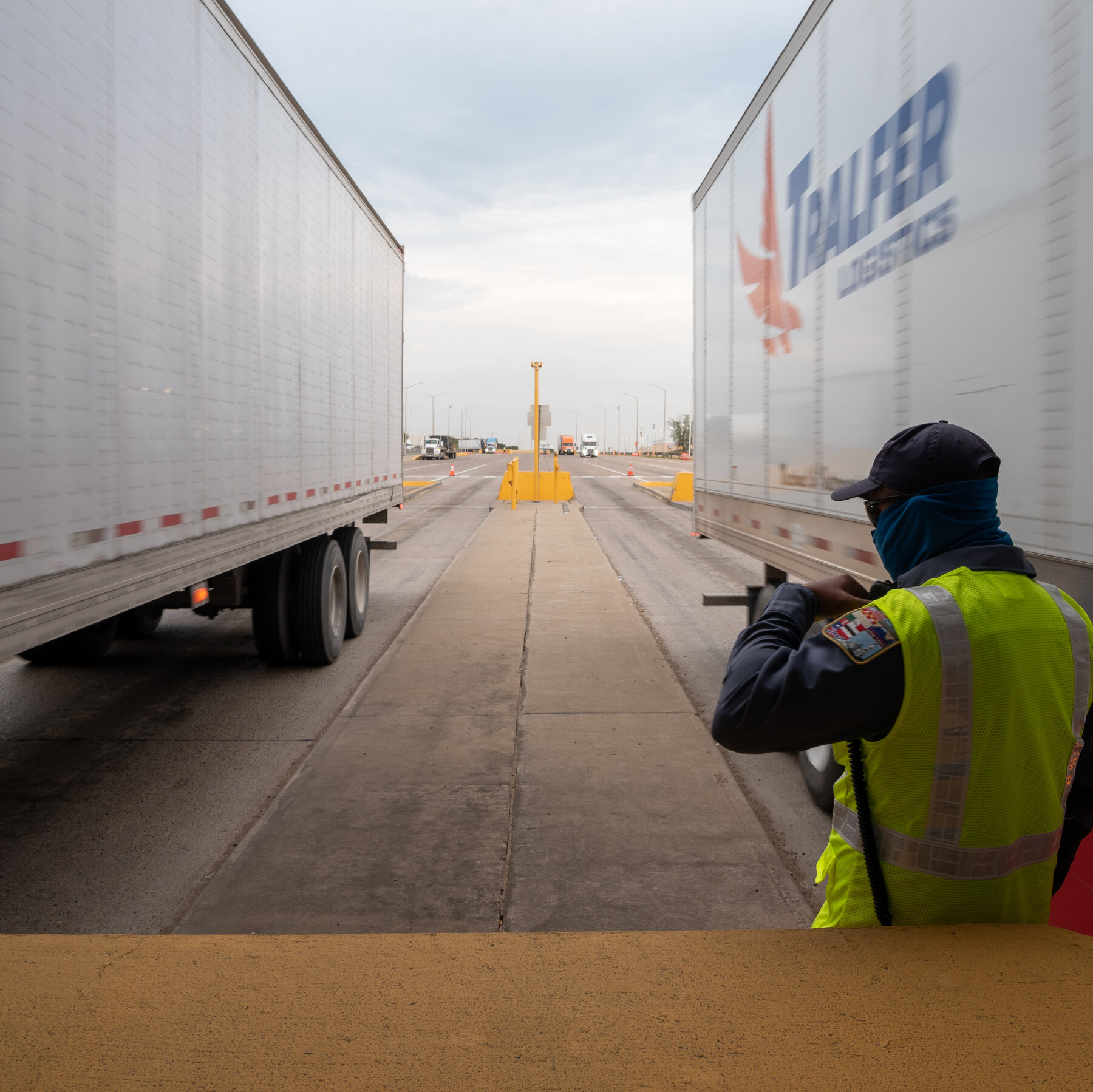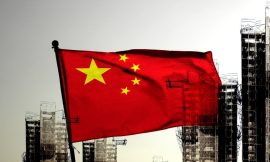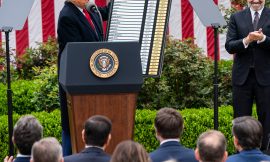When Dennis Nixon started working at a regional bank in Laredo, Texas, in 1975, there was just a trickle of trade across the border with Mexico. Now, nearly a billion dollars of commerce and more than 15,000 trucks roll over the line every day just a quarter mile from his office, binding the economies of the United States and Mexico together.
Laredo is America’s busiest port, and a conduit for car parts, gasoline, avocados and computers. “You cannot pick it apart anymore,” Mr. Nixon said of the U.S. and Mexican economies. Thirty years of economic integration under a free trade deal has created “interdependencies and relationships that you don’t always understand and measure, until something goes wrong,” he said.
Now that something is has happened. On Saturday, President Trump slapped 25 percent tariffs on Mexican imports as he looks to pressure Mexico’s government to do more to stop migrants and drugs from coming across the border. Mr. Trump also hit most Canadian goods with a 25 percent tariff and imposed a 10 percent tax on Chinese imports.
A longtime proponent of tariffs and a critic of free trade deals, Mr. Trump seems unafraid to upend America’s closest economic relationships. He is focusing on strengthening the border against illegal immigration and the flow of fentanyl, two areas that he spoke about often during his 2024 campaign.
But the president has other beefs with Mexico, including the economic competition it poses for U.S. workers. The president and his supporters believe that imports of cars and steel from Mexico are weakening U.S. manufacturers. And they say the United States-Mexico-Canada Agreement, the trade deal Mr. Trump signed in 2020 to replace the North American Free Trade Agreement, needs to be updated — or perhaps, in some minds, scrapped.
Many businesses say ties between the countries run deeper than most Americans realize, and policies like tariffs that seek to sever them will be painful. Of all the world’s major economic partners, the United States and Mexico are among the most integrated — linked by business, trade, tourism, familial ties, remittances and culture. It’s a closeness that at times generates discontent and efforts to distance the relationship, but also brings many benefits.
Thank you for your patience while we verify access. If you are in Reader mode please exit and log into your Times account, or subscribe for all of The Times.
Thank you for your patience while we verify access.
Already a subscriber? Log in.
Want all of The Times? Subscribe.




